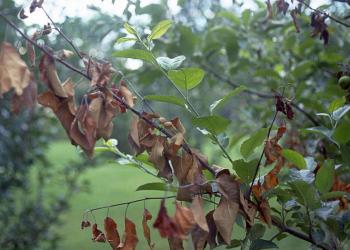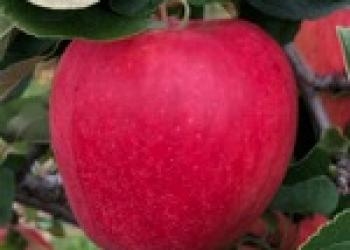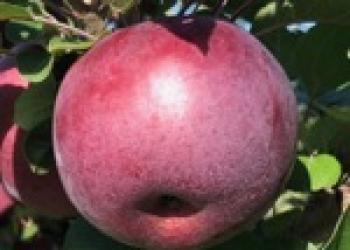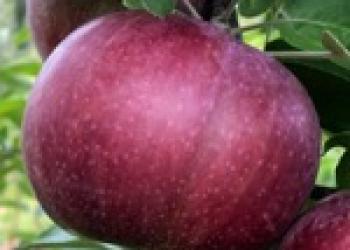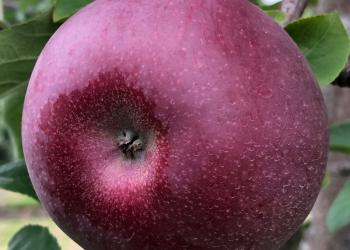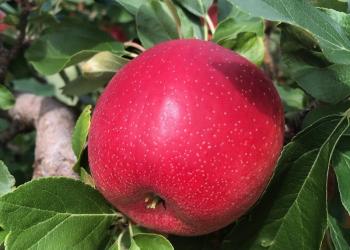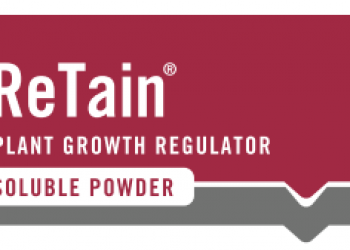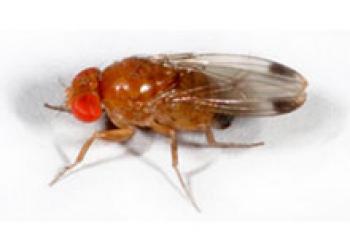Fruit Program News
-
WEBINAR-Fire Blight IPM Using Non-Antibiotic Control Methods
October 4, 2019WEBINAR-Fire Blight IPM Using Non-Antibiotic Control Methods
Wednesday, October 9, 2019, 2:00 p.m. – 3:00 p.m.
Fire blight is a devastating disease of apple and pear caused by a bacterial pathogen. The disease is traditionally controlled with antibiotics, but in this webinar, you will learn about a non-antibiotic alternative—an integrated method that uses a biological control and a surface sterilant. Whether you are an orchard grower who wants to market your fruits as antibiotic-free, or an arborist or landscape practitioner who cannot use antibiotics at private homes and schools, this webinar may provide a solution for you. The speakers are passionate about helping growers with disease issues and there will be plenty of time for Q&A.
-
Apple maturity report updated: 1-October, 2019
October 1, 2019Apple maturity report updated, 1-October, 2019. Includes Jonagold, Honeycrisp (w/ReTain), Cortland, Macoun, Empire, Golden Delicious, Liberty, Ambrosia, and Pazazz. http://ag.umass.edu/fruit/2019-apple-maturity-report
-
Apple Maturity Report Updated: 16-Sept, 2019
September 16, 2019Apple maturity report updated, 16-September, 2019. McIntosh, Gala, Honeycrisp, Cortland. In the thick of Mac, Gala, and Honeycrisp harvest. Cortland needs another week before pick. http://ag.umass.edu/fruit/2019-apple-maturity-report
-
Apple maturity report updated - 09-September, 2019
September 9, 2019Apple maturity report updated, September 9, 2019. Lindamac McIntosh, Buckeye Gala, Honeycrisp, and Blondee
-
Apple maturity report updated 09/02/19
September 2, 2019Apple maturity report updated, 09/02/19. Zestar!, Ginger Gold, River Belle, Akane, Minneiska, Honeycrisp, Buckeye Gala, Lindamac McIntosh
-
2019 Apple Maturity Reports (updated 08/27/19)
August 27, 2019Apple maturity report updated 08/27/19: Ginger Gold, Minneiska, Akane
-
ReTain Recommendations -- Apples
August 19, 2019ReTain Recommendations for Harvest Management -- Apples (and pears and peaches)
From Jim Wargo, Valent USA
Thanks to Jim and UConn's Mary Concklin where these recommendations appeared in her e-mail newsletter...
-
ReTain on peach, nectarine, and plume for harvest management and improvement of fruit quality
August 1, 2019A reminder that ReTain can be used on peach, nectarine, and plum for harvest management and improvement of fruit quality. From the ReTain label: Depending on cultivar, orchard conditions, and grower objectives, one or more of the following benefits will be associated with using ReTain on peach, nectarine, or plum:
• Improved harvest management
• Additional time for increase in fruit size
• Maintenance of fruit firmness
• Reduced preharvest fruit drop
• Improved fruit quality
• Enhanced storage potential
Apply one pouch per acre of ReTain to peach, nectarine, or plum one to two weeks prior to the anticipated beginning of the normal harvest period* of untreated fruit. ReTain efficacy requires that fruit and foliage receive thorough spray coverage. To ensure thorough coverage adjust water volumes based on tree size and spacing and use calibrated spray equipment (i.e., orchard air blast sprayer). Excessive spray application volumes that result in spray runoff will reduce product performance. In most cases, 100 gallons per acre has been shown to be effective. For optimal response, use ReTain with a 100% organosilicone surfactant. Use a final surfactant concentration of 0.05 to 0.1% (v/v) in the spray tank. To reduce foaming, add the adjuvant last and minimize agitation.
*The normal harvest period for a particular orchard block refers to that time when fruits not treated with ReTain would be harvested. To help determine the beginning of the normal harvest period, refer to historical trends for harvest dates and the “days from full bloom to harvest” interval for each cultivar in your area, and closely monitor the fruit maturity development for the current season.
-
Spotted Wing Drosophila on the Rise
July 25, 2019With the heat wave and dry spell broken, for now, we are seeing an increase in SWD numbers in our monitoring traps. This means, of course, it's time to make sure you are up to speed on your management practices! Check out the Quick and Dirty SWD Recommendations for an overview and links to more detailed information.
-
SWD alert as fruit ripens!
June 25, 2019As fruit ripen they become susceptible to spotted wing drosophila (SWD) infestation. Right now that includes strawberries, and very soon cherries and blueberries. Followed not long after by peaches and nectarines. We are catching SWD in traps! For the latest SWD management information, see the SWD sidebar link or click here. Here are direct links to insecticide recommendations for small fruit and stone fruit. Good luck!
